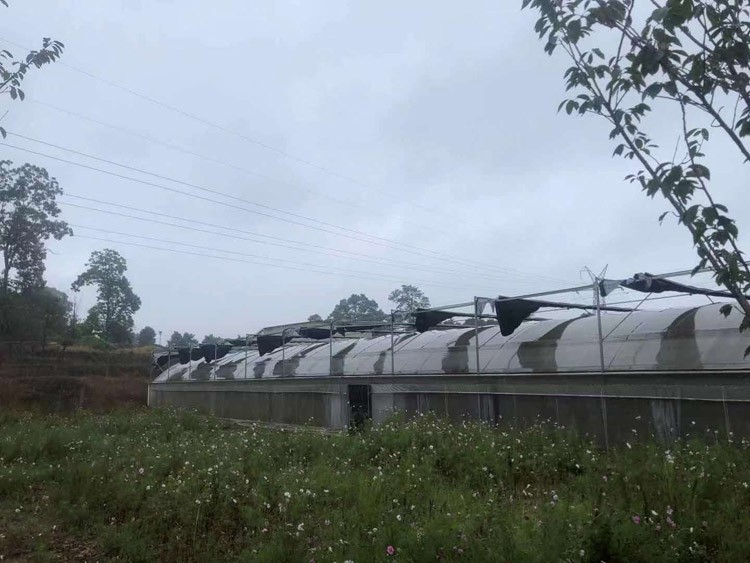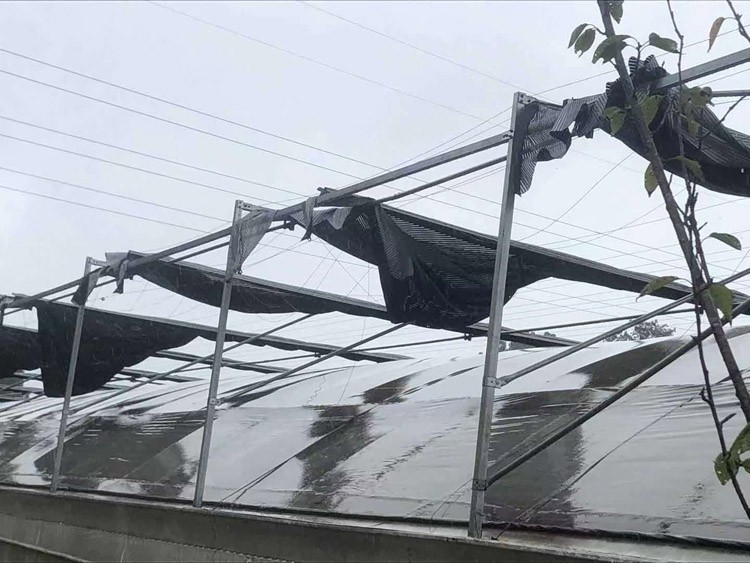How to use the construction of vegetable greenhouse to improve economic benefits
The role of vegetable greenhouse construction is to allow us to eat off-season vegetables, and to increase farmers' income on the other hand. However, when using vegetable greenhouses to grow off-season vegetables, we also need to pay attention to the methods, so as to truly increase vegetable production, improve the economic benefits of vegetable greenhouses, and increase farmers' income:
1. Disinfection work
Because greenhouse vegetables have a lot of continuous cropping, the disease is generally more serious. Disinfection with chemicals can kill germs that spread diseases through soil and reduce the incidence. Three to five grams of carbendazim or three hundred grams of brominated methanol can be injected per square meter of frozen soil for sterilization.
2. Insulation
Using double insurance and thermal insulation measures, that is, adding plastic film or setting up a small arch shed in the greenhouse, can achieve good results. According to the test, adding plastic film in the greenhouse can increase the ground temperature; setting up a small arched shed in the greenhouse can keep the temperature of the small arched shed above 15 degrees Celsius.
3. Irrigation
Using water-saving irrigation projects, the relative humidity of the air in the shed can be reduced by more than 10%, the mixed disease index can be reduced, the yield of cucumbers can be increased by 10%, and the yield of spring tomatoes can be increased by more than 17%.
Fourth, set the reflective screen
A reflective screen is set up in the weak light on the north side of the shed, which can significantly enhance the illumination on the north side of the shed and increase the ground temperature by three degrees Celsius.
5. Application of Plant Growth Regulators
Although nightshade vegetables bloom under low temperature conditions, many of them cannot be fertilized and fruited. Exogenous plant hormones, such as 2,4-D butyl ester and anti-falling element, are correctly selected and applied. It can effectively prevent the flowers and fruits of solanaceous and legume vegetables from falling, promote fruit enlargement, accelerate ripening, and increase yield.
Seven, prevent ammonia damage
It is determined that the concentration of ammonia in the air exceeds 5ppm, which will lead to necrosis of vegetable stems and leaves. Therefore, in the cultivation of vegetables in the shed, the amount of nitrogen fertilizer should be controlled, watering should be timely, the fertilizer should be applied deeply and covered with soil, and the windows should be opened for ventilation to prevent the harm of ammonia gas.








